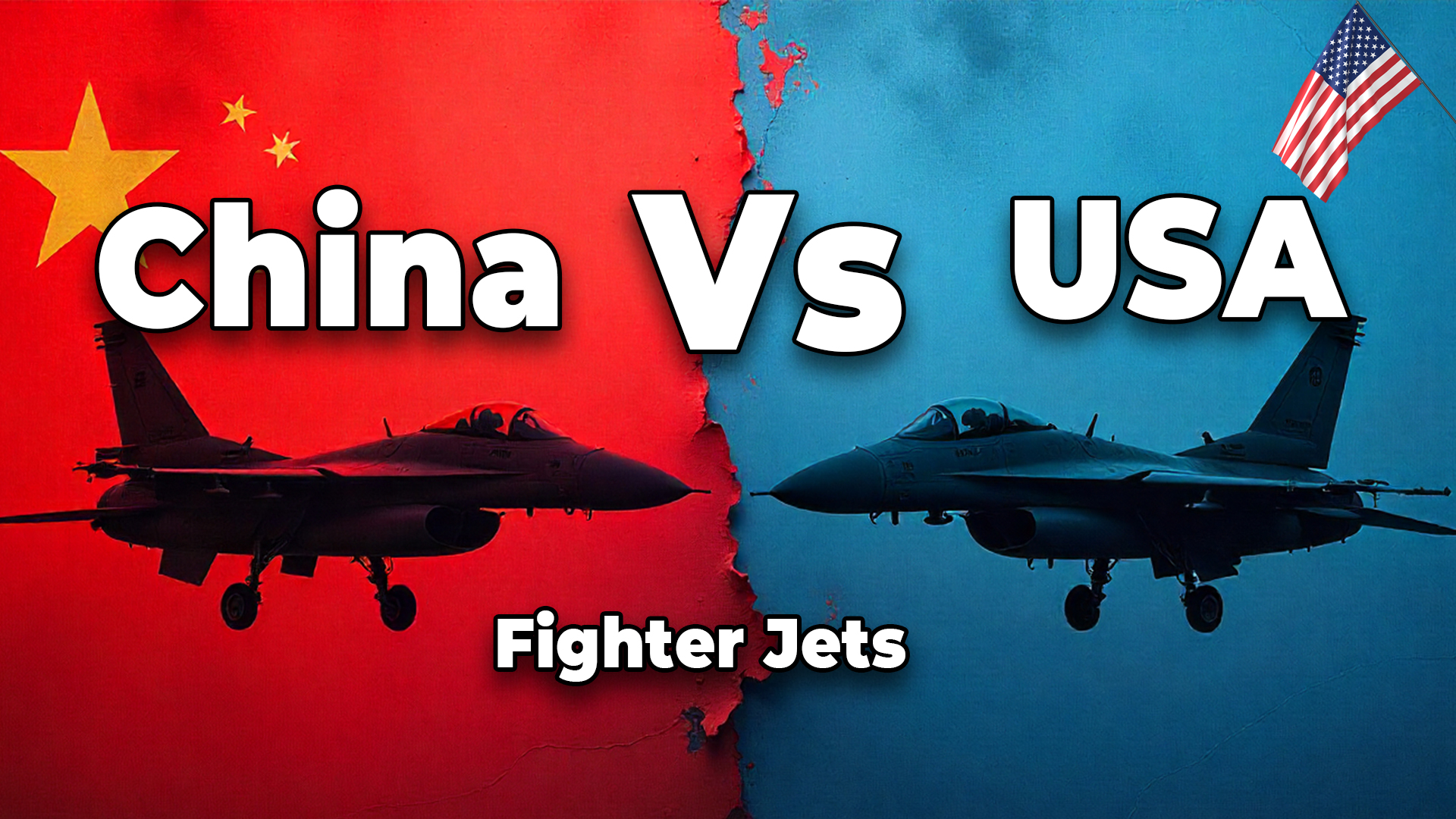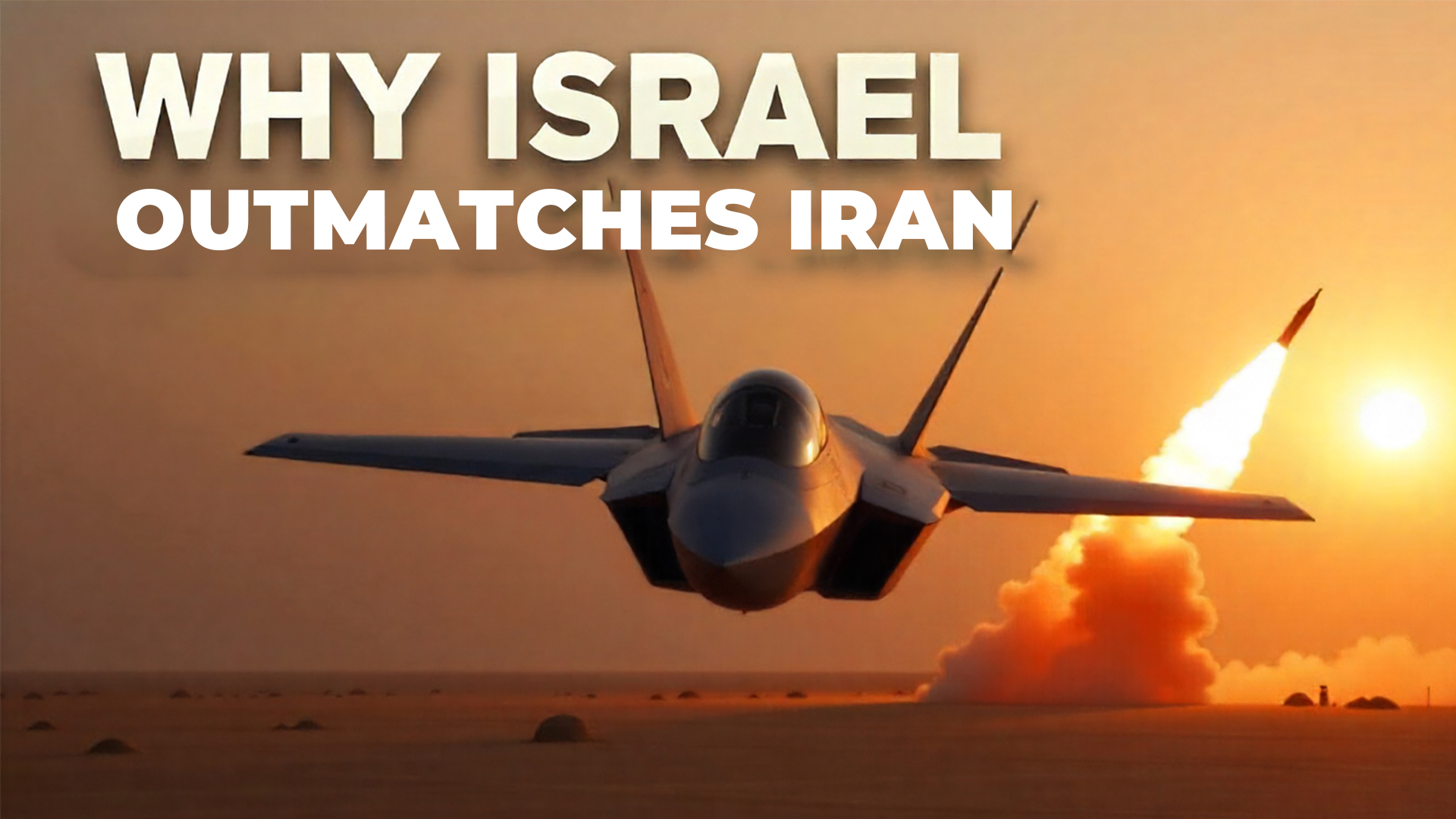The recent escalation between Israel and Iran marks a profound transformation in Middle Eastern geopolitics. No longer content to wage proxy gambits, Israel launched direct strikes on Iranian territory, provoking a robust military response from Tehran. These moves have triggered a seismic shift in regional power balances. Here’s why this conflict matters—and what it means for the future of the region.
1. Israel’s Bold Shift: From Proxy Warfare to Direct Strikes
Under “Operation Rising Lion,” Israel’s military action extended beyond Iran’s proxy networks. With F‑35 jets, drones, cyberattacks, and assassinations, Israel struck directly at nuclear, missile, and symbolic targets—including state media and police in Tehran—to undermine Supreme Leader Khamenei himself 1 | 2
This marks a strategic inflection point: Israel is no longer content to strike at proxy bases in Syria or Lebanon. Now, it seeks to cripple Iran’s deterrent capabilities and assert direct dominance—raising the stakes for a long-overdue regional realignment.
2. Iran’s Retaliation and National Resilience
Tehran responded with over 100 drones and ballistic missiles targeting Israeli cities. While Israeli air defenses intercepted most, some did hit civilian areas .
Inside Iran, the population remains united behind leadership; no mass uprisings have erupted despite cracks in support. Yet this conflict raises pressure on a regime already weakened by economic strain, inflation (~50%), and looming succession uncertainty 3
3. Decimation of Iran’s Proxy “Axis of Resistance”
Since October 2023, Israel has dismantled much of Iran’s proxy power:
- Hezbollah lost key commanders and much of its missile arsenal.
- Hamas, once emboldened, has been decimated in Gaza.
- The Houthis in Yemen have stepped back amid U.S./U.K. strikes.
- The collapse of Assad’s regime in Syria removed another key ally 4 | 5
These blows have transferred influence away from Iran and toward Sunni-leaning powers aligned with Israel.
4. Arabs Pivot Toward Israel, Away From Iran
Gulf nations—particularly Saudi Arabia, the UAE, Egypt, and Qatar—have shifted decisively toward Israel. The Abraham Accords and shared opposition to Iran have united them.
Saudi Arabia froze normalization talks; the UAE and others now emphasize stability and trade with Israel over ideological solidarity with Palestine 6
5. Russia and China: Navigating Dual Relationships
Russia, allied with both sides, has condemned Israeli strikes but also seeks to mediate. Its strategy may boost Russia’s regional stature while drawing attention away from Ukraine .
China continues its economic pivot into the Gulf and Iran, though its focus remains on connectivity and infrastructure—not military alliances .
6. The U.S.: Cautious Support, Strategic Containment
President Trump’s administration backed Israel diplomatically, but framed its role as one of coordinated restraint, not direct engagement .
Key signs, like U.S. military prepositioning, suggest the U.S. is prepared for spillover, even as it champions regional de-escalation to protect global supply routes and deter Iran’s nuclear ambitions.
7. A Volatile Future: Power in Flux
A few scenarios loom:
- Prolonged stalemate, where Iran withstands pressure and Israel cannot fully dismantle its capabilities.
- Iranian retreat, negotiating limited ceasefire to stabilize its leadership.
- Regime collapse, spurred by continuous strikes and internal dissent—but this risks plunging Iran into chaos.
- Wider war, with U.S. bases or shipping threatened, drawing Washington more directly into conflict 7
🔑 Key Takeaways
- Israel has seized military initiative, delivering direct power that reshapes regional hierarchy.
- Iran remains standing—but weakened, potentially more vulnerable to internal unrest and pressured diplomacy.
- Gulf states align firmly with Israel, abandoning previous solidarity with Tehran.
- Russia and China remain opportunistic brokers, while the U.S. stands ready—but cautious.
- The region’s future hinges on whether diplomacy can stabilize tensions before they spiral.
Sources
- reuters.com ↩︎
- eurasiareview.com ↩︎
- steptoe.com. ↩︎
- eurasiareview.com ↩︎
- washingtonpost.com ↩︎
- debuglies.com ↩︎
- time.com ↩︎





